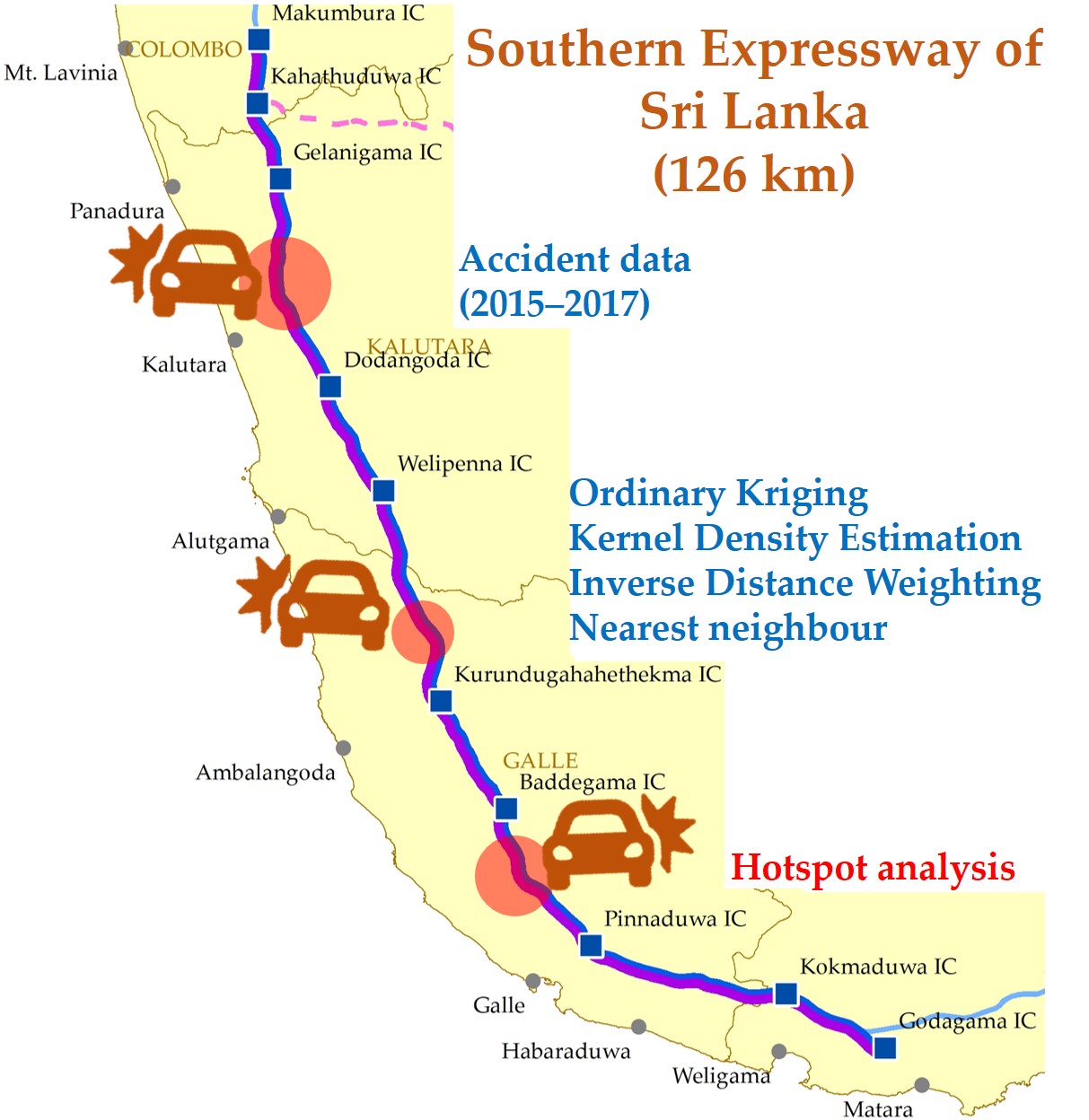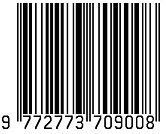Accident Hotspots in Southern Expressway of Sri Lanka: Interpolation Evaluation using GIS
DOI:
https://doi.org/10.31357/ait.v1i1.4835Abstract
In this study, the southern expressway, which is the first and lengthiest E class highway (126 km) in Sri Lanka, was analysed for roadside accident incidences. The primary objective of this paper is to identify the best-fit interpolation techniques for the hotspots' most distinctive causes of vehicular crashes. The accident details were collected from the Police Headquarters consisting of 966 accidents that took place during the period from 2015 to 2017. To identify accident hotspots, GIS-based interpolation techniques such as Ordinary Kriging, Kernel Density Estimation (KDE), Inverse Distance Weighting (IDW), and Nearest Neighbour Interpolation methods were used. The spatial interpolation outcome of the four methods was compared based on the standard Prediction Accuracy Index (PAI). The analysis was executed using QGIS and GeoDa. Results of PAI revealed that an IDW and KDE outperformed the other two interpolation methods. The left and right lanes of the expressway, spotted with 11 and 20 hotspots, respectively, indicate the right lane was 50% more prone to accidents than the left lane. Notably, nearly 5% of the entire road stretch is estimated as accident-prone spots in both lanes. Peak accidents were recorded during afternoon and evening hours, and buses were the most active vehicle type. Uncontrolled speeding was the primary reason for more than 50% of the accidents, while unsuccessful overtake accounted for more than 20% of the accidents on the highway. The road design modifications and warning sign placements at appropriate places may be recommended as countermeasures.

Downloads
Published
How to Cite
License
Copyright (c) 2021 P.K. Nalaka, M. S. R. Akther, G. Naveendrakumar

This work is licensed under a Creative Commons Attribution-NonCommercial-NoDerivatives 4.0 International License.
The Authors hold the copyright of their manuscripts, and all articles are circulated under the terms of the Creative Commons Attribution License, which permits unrestricted use, distribution, and reproduction in any medium, as long as that the original work is properly cited.
The use of general descriptive names, trade names, trademarks, and so forth in this publication, even if not specifically identified, does not imply that these names are not protected by the relevant laws and regulations. The authors are responsible for securing any permissions needed for the reuse of copyrighted materials included in the manuscript.




